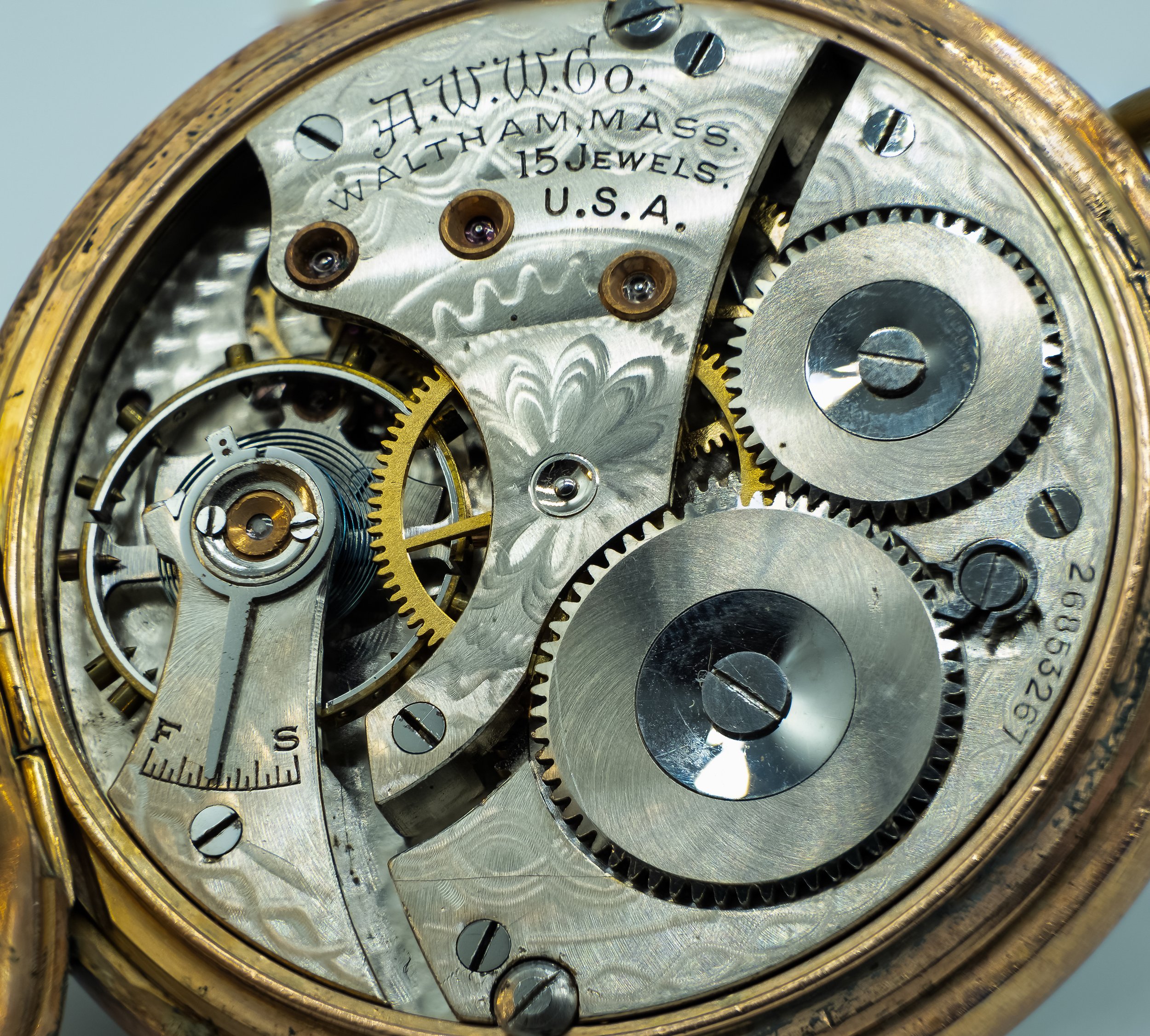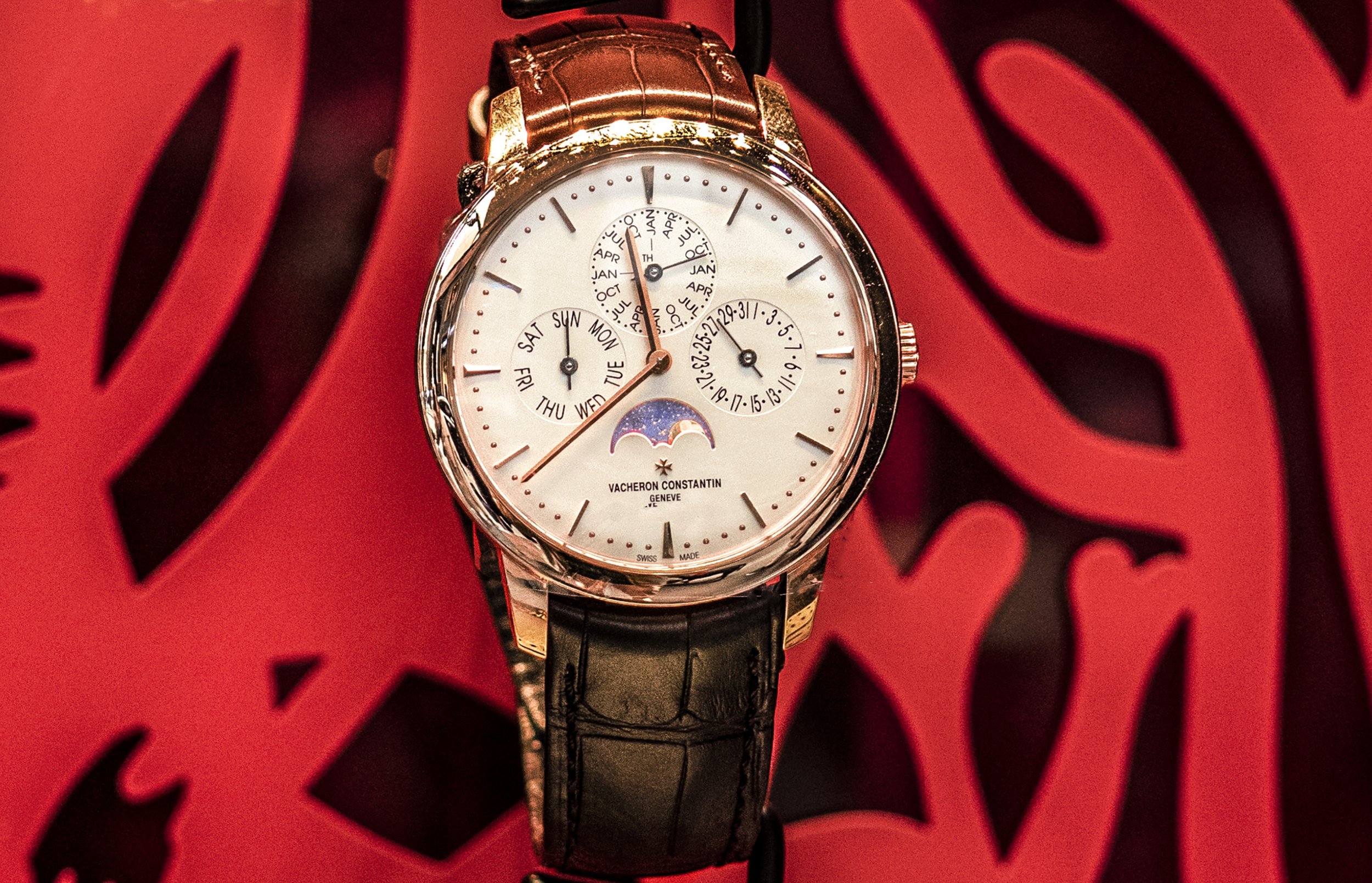Evolution of the Watch: From Pockets to Wrists
Horology—the tracking of time and the art of measuring it—has long been an interest in the history of humanity. With the first-ever portable timepieces dating back to the early 16th century, watchmaking has been a fascinating journey through time, spanning over half a millennium and reflecting technological and societal advancements. In this blog, we will explore the rich history of watches, from the first-ever pocket watches to contemporary wristwatches, and highlight the key developments and iconic timepieces that have marked significant milestones in horology.
The Origins of Pocket Watches
Pocket watches originated around the early 16th century as portable timekeeping devices. These early watches were often bulky and not particularly accurate. Nevertheless, the first pocket watches represented a significant leap forward from the stationary clocks that preceded them.
The creation of the first pocket watches, known as Nuremberg eggs due to their shape, can be attributed to Peter Henlein, a German locksmith. Henlein continued manufacturing these early watches throughout the 16th century when the making of these watches spread throughout Europe. Indeed, at this time pocket watches were a telling sign to distinguish nobility and wealthy merchants from members of the upper class of society, making watches a symbol of status, and items that were only accessible to the elite.
While the invention of the first pocket watches marked a milestone in horology, these prototypes were often inaccurate and required regular winding. Advancements in technology refined pocket watches. By the 19th century, improvements in precision and manufacturing processes allowed the production of more accurate and affordable watches. The 19th century also saw the rise of keyless winding mechanisms, further enhancing the functionality of pocket watches.
The Innovators: Companies that Revolutionized Pocket Watches
During the 19th and 20th centuries, several companies played cardinal roles in the evolution of pocket watches. The American Waltham Watch Company, established in 1850, changed the direction of watchmaking by introducing mass production techniques, significantly lowering costs and making watches more accessible. Moreover, the Hamilton Watch Company, founded in 1892 in Pennsylvania, became renowned for the precision and reliability of its watches, especially in the context of American railroads, where accurate timekeeping was crucial.
In Europe, Swiss watchmakers like Patek Philippe and Vacheron Constantin set new standards for precision and craftsmanship. Patek Philippe, founded in 1839, introduced the keyless winding mechanism, revolutionizing watchmaking by allowing watches to be wound and set via the crown instead of a separate key. Indeed, this innovation improved convenience and reliability, becoming a standard feature in modern mechanical watches. On the other hand, Vacheron Constantin, the world's oldest watch manufacturer, became known for its exceptional quality and artistic designs. Longines, another significant Swiss watchmaker, pushed the boundaries of the craft with inventions like the mono-pusher crown, a feature that simplified the operation of pocket chronographs and enhanced their usability.
Transition to Wristwatches
The transition from pocket to wristwatches began in the early 20th century, driven by the need for practicality, particularly during World War I. Soldiers required timepieces that were easily accessible and durable, leading to the widespread adoption of wristwatches.
In 1904, Cartier introduced the Cartier Santos, one of the first wristwatches. The Santos watch was specially created for Brazilian aviator Alberto Santos-Dumont, who needed a practical way to keep time while flying. The Cartier Tank followed in 1917, inspired by the design of World War I tanks, as a way of honoring the Allied forces' tank drivers, and is a design that remains an iconic design to this day.
In terms of design, early wristwatches were often simple adaptations of pocket watches, featuring leather straps and round cases. However, as the 20th century progressed, wristwatch designs evolved significantly, incorporating new materials such as stainless steel, platinum, and gold. The 20th century also saw the introduction of features like water resistance and automatic winding mechanisms, which enhanced both the wristwatches' appeal and versatility.
Innovation and Design in Vintage Watches
Vintage watches stand out for their distinctive design and innovative features. For instance, the invention of automatic (self-winding) watches in the early 20th century was a significant advancement, eliminating the need for manual winding. Brands like Rolex became synonymous with this technology, with models like the Rolex Oyster Perpetual setting new standards for convenience and reliability.
Rolex makes a splash
Water-resistant watches also marked milestones for the industry. The Rolex Oyster, for example, was famously worn by Mercedes Gleitze during a swim across the English Channel, a PR stunt that showcased the durability and practicality of water-resistant designs.
Vintage and antique watches varied widely in design, with models showcasing a spectrum of design aesthetics, from minimalist to bold and avant-garde. Watchmaking brands embraced unique styles, reflecting the aesthetic preferences of their time and pushing the boundaries of watch design. For example, the Art Deco influences of the 1920s and 1930s are embodied in the geometric designs and intricate details of watches from that era.
Popular Vintage Watch Brands
Cartier
Beyond the aesthetics of the Santos and Tank, Cartier's innovation extended to technical advancements, including developing ultra-thin movements and mystery clocks, where hands appear to float without visible connections. Cartier also played a pivotal role in the popularization of fine jewelry watches, like the Panthère collection.
By merging haute horology with elegant craftsmanship, Cartier remains a timeless symbol of both technical prowess and refined style in watchmaking. With over a century of watchmaking fame, Cartier’s first wristwatches are still widely coveted.
The most timeless timepiece
The Cartier Tank, in particular, has been worn by numerous notable figures, including Princess Diana and Jackie Kennedy.
Rolex
Rolex has introduced several landmark models, such as the Oyster, the first waterproof watch, and the Datejust, known for its date display. The Rolex Oyster was the center of a PR stunt in 1927 when English swimmer Mercedes Gleitze swam the English Channel wearing the piece. The watch emerged unharmed, showcasing its waterproof capability and cementing Rolex's reputation in the industry. The Rolex Day-Date, also known as the Presidential, is another iconic timepiece from the house, favored by several U.S. presidents.
Patek Philippe
Renowned for its exquisite craftsmanship and innovative features, Patek Philippe's timepieces, whether pocket watches or wristwatches, are considered the epitomes of Swiss watchmaking excellence. With 185 years of watchmaking history, Patek Philippe is celebrated for combining traditional techniques with cutting-edge technology. The house remains a family-owned company and continues to produce some of the world's most coveted and valuable watches.
Jaeger-LeCoultre
Jaeger-LeCoultre is the inventor of the Reverso watch, a watch created due to the needs of British Army officers in India who required timepieces that withstood rigorous polo matches. The brand is celebrated for its precision, intricate complications, and contributions to horological advancements, features that have solidified its status as a leader in luxury watchmaking.
Audemars Piguet
Founded in 1875, Piguet gained fame in the watchmaking industry with its Royal Oak watch. The Royal Oak, introduced in 1972 and designed by Gérald Genta, features an octagonal bezel secured with visible screws, a 'tapisserie' patterned dial, and an integrated bracelet. The Royal Oak revolutionized luxury sports watches with its bold, industrial aesthetic and use of stainless steel, blending elegance with ruggedness.
Tiffany & Co.
Tiffany & Co.'s excellence extends beyond diamonds and into the world of watchmaking, where Tiffany is known for its collaborations with Patek Philippe and Movado. Notable examples include the Patek Philippe 'Tiffany dial' and the Movado Museum Watch, co-branded with Tiffany. These partnerships produced timepieces featuring Tiffany's branding alongside the craftsmanship of these prestigious watchmakers, blending Tiffany's elegance in design with horological excellence and creating highly sought-after collector's items in both vintage and modern markets.
Vacheron Constantin
Constantin stands as the oldest watch manufacturer with continuous production since its founding. Vacheron Constantins' designs are celebrated for their elegance and technical prowess. A model worth highlighting is the Patrimony. With a sleek design, the watch features a minimalist dial with perpetual calendar complication and ultra-thin movement, epitomizing the brand's commitment to precision and sophistication.
Breguet
Breguet retailed by Tiffany Bagnoire vintage watch
Founded by Abraham-Louis Breguet in 1775, Breguet's watches are praised for their pioneering innovations, including the tourbillon and the Breguet's numerals. Breguet has consistently excelled in intricate craftsmanship. A clear example is in 1801 when it patented the tourbillon, which improved the precision of mechanical timepieces by counteracting the effects of gravity—a technical advancement of historical significance in horology.
Collecting and Caring for Vintage Watches
Collecting vintage watches requires a keen understanding of both the watch and brand history, rarity, and market trends. Indeed, each vintage watch tells a story and reflects the artisanship and technological advancements of its time. Collectors often seek pieces that represent significant milestones in horology or display unique design features.
Giving vintage watches the appropriate care and maintenance is essential to preserving the condition and value of vintage watches. Vintage watches require regular servicing by skilled watchmakers, which will ensure that the intricate mechanisms remain in good working order. Additionally, proper storage, such as in climate-controlled environments and avoiding exposure to extreme conditions, will help prevent damage.
Concluding Thoughts on the Art and Science of Time
The history of watches is a testament to human ingenuity and the quest for precision and practicality of timekeeping. From the ornate pocket watches of the 16th century to the sophisticated wristwatches of today, each development in horology reflects the changing needs and tastes of society. Iconic brands like Cartier, Rolex, and Patek Philippe have earned celebrated titles in the field as they have pushed the boundaries of innovation and design, creating timepieces that are both functional and appealing to enthusiasts and collectors alike.
For those curious to explore the world of vintage watches, Windsor Jewelers offers the expertise you seek. If you’re looking to sell a timepiece, don’t hesitate to contact our knowledgeable Acquisitions team.































